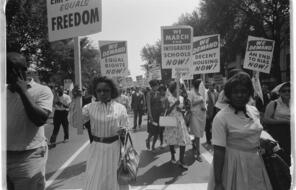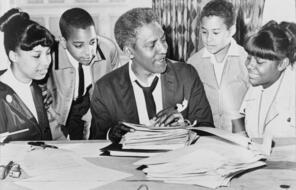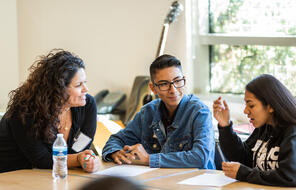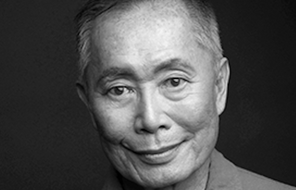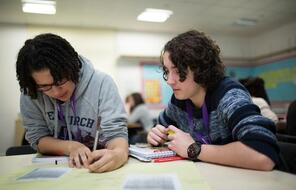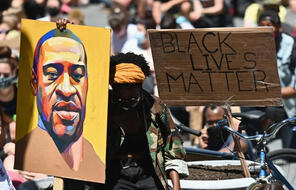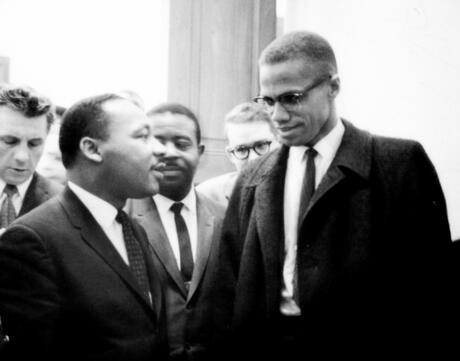
Competing Visions of Black Civic Participation
At Facing History, we believe that educators have both an opportunity and a duty to help students grasp the historical and contemporary significance of civic participation. But civic participation has always taken a wide array of forms. From voting and running for public office to civil disobedience and more violent forms of direct action, all of these visions of civic participation line our history and introducing them to students as they surfaced in different contexts can help students reflect upon their own values as civic actors in the present. One approach to this educational task is to consider the competing visions of civic participation that have been articulated and acted upon within the global Black community—a community whose circumstances have inspired, if not necessitated, the use of a wide array of political strategies to combat oppression. The approaches that Black leaders have embraced across space and time are numerous and have encompassed assimilationist and integrationist conceptions of social change, alongside contrasting approaches rooted in Black self-determination and nationalism.
From Nat Turner to Frederick Douglass, Bobby Seale and Huey P. Newton to Nelson Mandela, Black leaders have wrestled with the question of how to engage effectively and ethically in civic life, even as they were being violently excluded from it. Below are four Black historical figures—a tiny sampling of the many Black figures who have represented different and overlapping visions of civic participation at different points in their lives, along with a Facing History resource designed to help educators bring them into the classroom:
Dr. Martin Luther King, Jr.
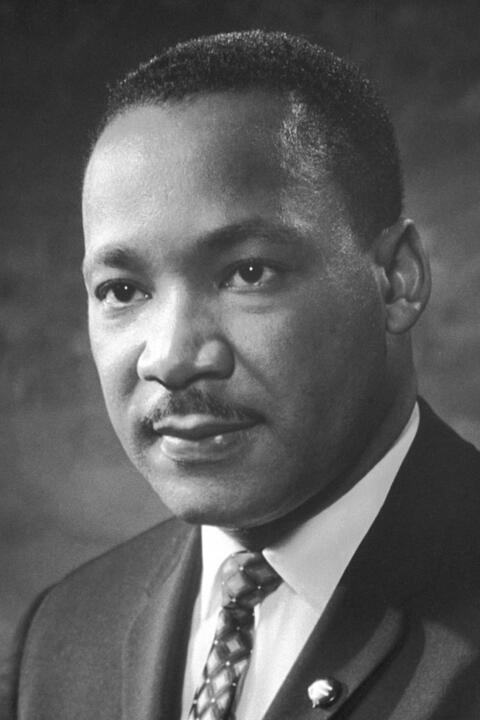
Dr. Martin Luther King, Jr.
(1929-1968)
Activist, minister, proponent of nonviolent civil disobedience
Teach students about Martin Luther King, Jr. with our lesson “Dr. King’s Legacy and Choosing to Participate” and “Three Visions for Achieving Equal Rights” from Memphis 1968.
Malcolm X
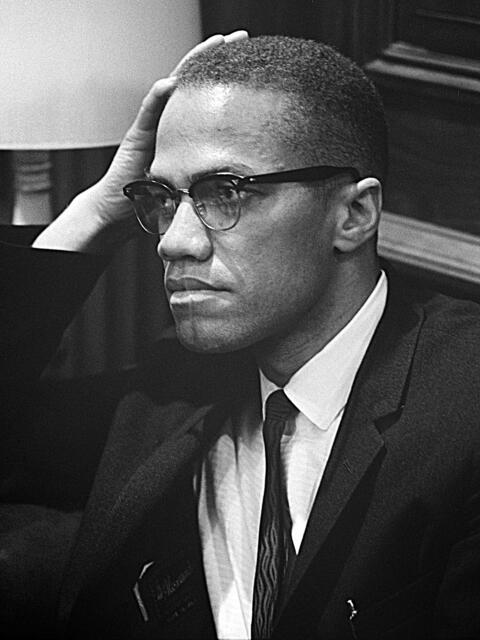
Malcolm X
(1925-1965)
Activist, minister, and proponent of direct action modes of protest including, potentially, violence.
Teach students about Malcolm X with our lesson
“Three Visions for Achieving Equal Rights” from Memphis 1968.
Don't miss out!
- download classroom materials
- view on-demand professional learning
- and more...

